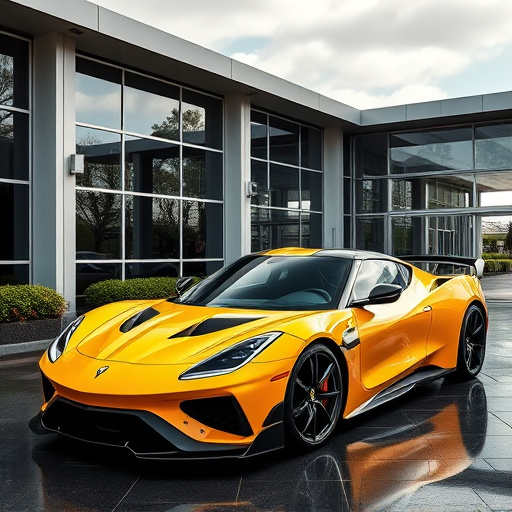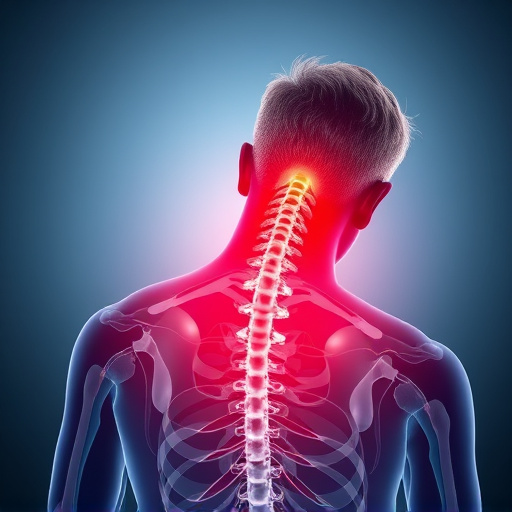Street performances add vibrancy to cities, but they must balance entertainment with environmental responsibility. Legal cold air intake (CAI) systems enhance engine performance while adhering to strict emissions standards, ensuring public health and safety. By integrating future-proof CAI systems and regular maintenance, performers can sustainably meet regulations and provide captivating experiences without compromising the environment.
In the dynamic realm of street performances, navigating legal requirements and environmental standards is as crucial as mastering the art. This article guides you through the intricacies of legal street performance upgrades, focusing on the role of legal cold air intake (CAI) systems in emission controls. We explore how these systems not only enhance vehicle performance but also contribute to a greener environment. Additionally, we provide best practices for upgrading your setup to ensure compliance and future-proofing.
- Understanding Legal Requirements for Street Performances and Emission Controls
- The Role of Cold Air Intake Systems in Enhancing Performance and Reducing Emissions
- Upgrading for Compliance: Best Practices and Future-Proofing Your Street Performance Setup
Understanding Legal Requirements for Street Performances and Emission Controls

Street performances, while bringing energy and vibrancy to urban spaces, come with specific legal requirements and emission control guidelines that performers and organizers must adhere to. Understanding these regulations is paramount for a successful and sustainable street performance scene. One critical aspect involves the use of vehicles, especially those equipped with legal cold air intake systems. These systems, designed to enhance engine performance, are subject to strict emissions standards to ensure environmental compliance.
Performers should be aware that modifications to vehicles, including cold air intake setups, must meet specific legal criteria to prevent harmful exhaust emissions. Local authorities often enforce these rules to protect public health and safety, as well as to preserve the quality of the urban environment. By staying informed about the latest regulations and adopting emission control measures, street performers can continue to delight audiences while minimizing their ecological footprint.
The Role of Cold Air Intake Systems in Enhancing Performance and Reducing Emissions

Legal cold air intake (CAI) systems play a pivotal role in upgrading street performance while also contributing to environmental sustainability by reducing emissions. These high-flow, low-restriction intake systems optimize engine combustion efficiency by delivering cooler and denser air from the outside environment directly into the engine’s intake manifold. This simple modification enhances torque output and horsepower, resulting in improved overall vehicle performance.
Moreover, compared to stock air intake systems, legal CAIs can significantly lower harmful emissions, especially nitrogen oxides (NOx) and particulate matter. By drawing in ambient air from a clean, undisturbed area outside the engine bay, these systems minimize hot spots and turbulence within the intake tract, thereby promoting more complete combustion and less pollutant formation. This environmental benefit aligns with the growing global focus on cleaner, greener transportation solutions.
Upgrading for Compliance: Best Practices and Future-Proofing Your Street Performance Setup

To upgrade for compliance, street performers and their teams should focus on integrating best practices that cater to both current regulations and future-proofing. This includes adopting legal cold air intake systems designed to optimize engine performance while ensuring minimal emissions. By investing in such advanced components, performers can stay ahead of evolving environmental standards, avoiding costly retrofits down the line.
Future-proofing also involves regular maintenance checks and upgrades to ensure every element of the street performance setup meets industry benchmarks. This proactive approach not only keeps performances safe and legal but also enhances overall efficiency, allowing performers to focus more on captivating audiences and less on regulatory hurdles.
Street performances, when done legally and responsibly, can be a vibrant expression of art and engineering. By understanding and adhering to emission controls, as well as adopting advanced technologies like legal cold air intake systems, performance enthusiasts can both comply with regulations and enhance their vehicles’ capabilities. Upgrading for compliance not only ensures legality but also contributes to a greener future, allowing us to appreciate the beauty of street performances without compromising environmental standards.














